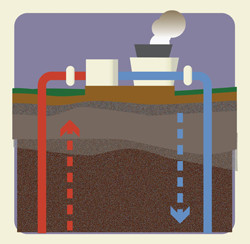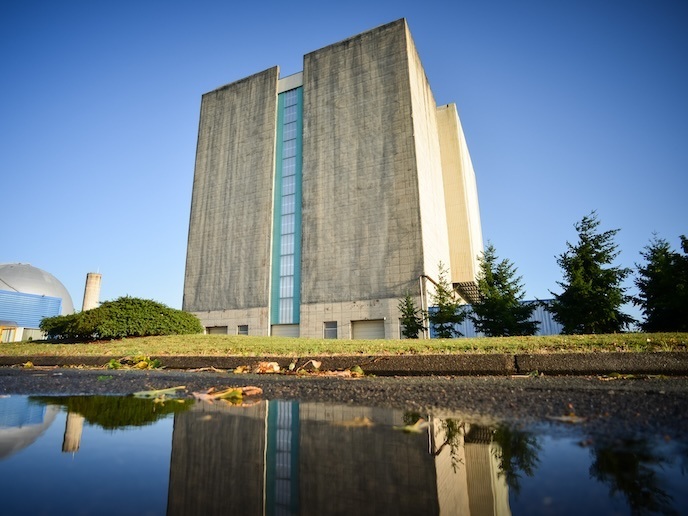Using Earth’s heat to produce electricity
Until recently, geothermal power technology exploited heat that was deep in the ground in areas with sufficient water and rock permeability for easy energy extraction. Thanks to so-called hydraulic pumping, enhanced geothermal systems (EGSs) can now be implemented in areas previously not suited to recovery of ground heat. Hydraulic pumping involves injecting high-pressure water into the rock, creating a subsurface fracture system that enhances permeability. The freed water then travels through the rock, absorbs heat and is returned to the surface as in naturally occurring hydrothermal systems. The heat energy can be converted to electricity and the now cooled water pumped into the Earth again, creating a closed, sustainable and efficient loop. One of the potential difficulties with EGSs is induced seismic activity. European scientists investigated methods to mitigate that seismic activity with EU funding of the 'Geothermal engineering integrating mitigation of induced seismicity in reservoirs' (GEISER)(opens in new window) project. Methods to image fluid flow paths induced by hydraulic stimulation were employed. Scientist studied past stimulation experiments as well as two sites of on-going activity. Data revealed that the largest seismic events often occurred in the hours and days after termination of injection. Many projects showed a relationship between injected energy and seismic energy, pointing the way to mitigation strategies including 'soft stimulation' approaches. In addition, in many cases seismic activity was less in sedimentary rock than at sites that access reservoirs. For the first time, ground motion prediction equations are available that are specifically for geothermal sites. The team also developed a comprehensive framework for assessment of seismic hazard and risk associated with EGSs. It can be used throughout exploration and production to warn of danger and enable mitigation of undesired effects during operation.A cost-benefit analysis covering exploration and production will enable all stakeholders to evaluate interests and risks accurately. Scientist have developed a recommended strategy to enhance public support of EGS. This should advance exploitation of this renewable, emission-free source of electricity.







